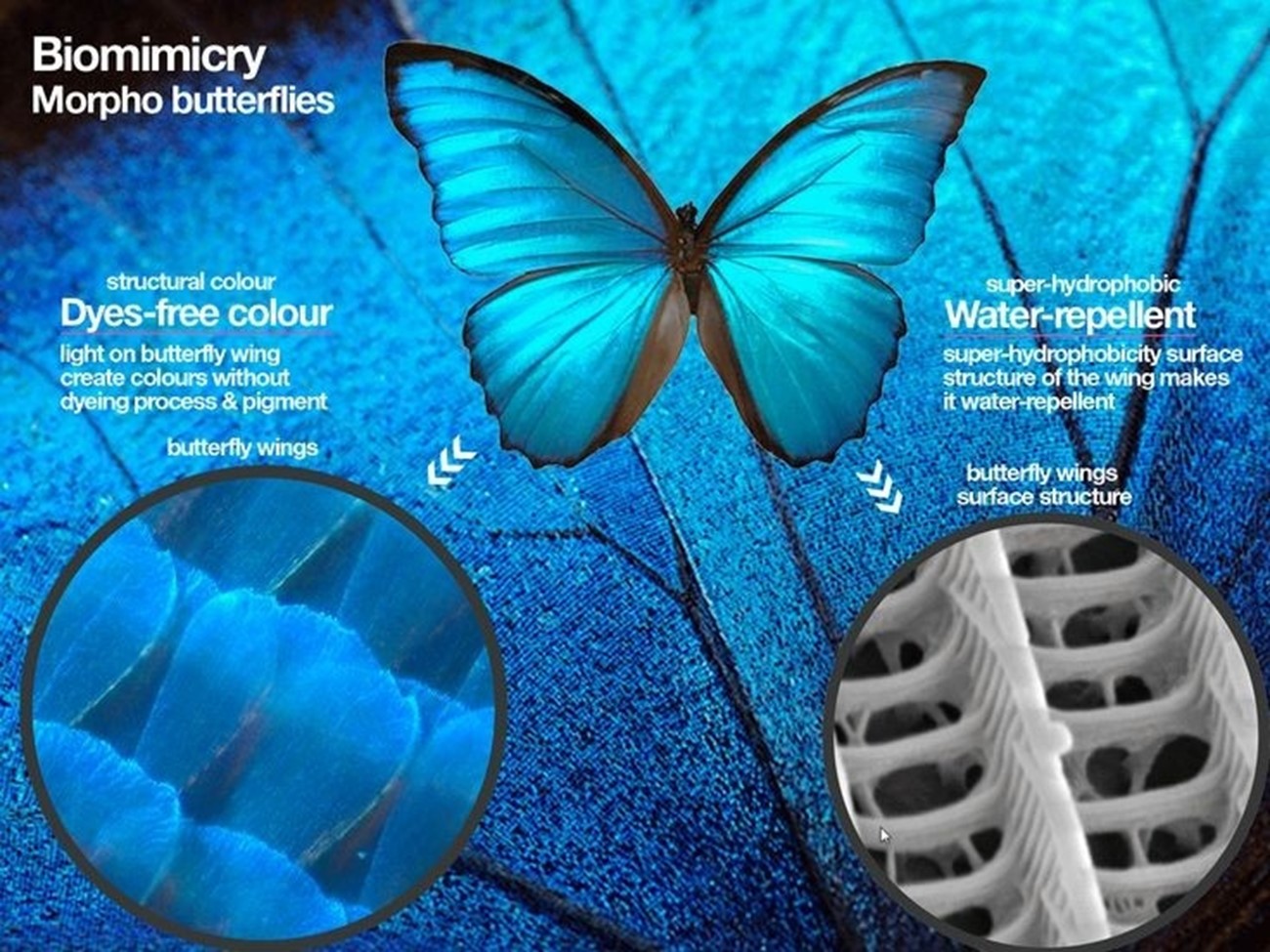Biomimicry is the exercise of drawing concepts from nature’s designs, structures, and methods to remedy human demanding situations. It is a multidisciplinary method mixing biology, engineering, and layout. By mimicking herbal techniques, biomimicry allows for the development of sustainable, green, and innovative solutions across numerous industries.
Nature’s 3.8 billion years of evolution offer a full-size repository of thoughts. Plants, animals, and microorganisms have optimized survival strategies in various environments. Engineers, architects, and inventors take a look at those diversifications to create technologies that advantage humanity. This technique has brought about advancements in fields like power, transportation, and healthcare.
Key Principles of Biomimicry
At its center, Jecizer Biosciences is guided through three concepts: emulate, reconnect, and sustain. Emulation involves mimicking organic strategies to cope with human needs. Reconnection emphasizes gaining knowledge of and respecting nature, fostering a harmonious relationship with the environment.
Sustainability guarantees that solutions reduce environmental impact and decorate ecosystem fitness.
One of biomimicry’s best strengths lies in its capacity for innovation. Instead of starting from scratch, researchers analyze nature’s proven techniques. For example, the layout of Velcro changed into stimulated by means of the hook-like structure of burrs that cling to animal fur. Similarly, the structure of hen wings has motivated the improvement of planes.
Bioinspired Horizontal Self-Burrowing Device
A thrilling example of biomimicry in movement is the US Patent on Bioinspired Horizontal Self-Burrowing Device. This groundbreaking invention draws inspiration from the herbal burrowing techniques of organisms like razor clams and sandfish. These animals have advanced to burrow effectively through granular materials like sand or soil, minimizing resistance and power expenditure.
The patented device replicates those herbal mechanisms to create a device capable of self-burrowing horizontally. This innovation has large potential in industries like creation, oil exploration, and environmental tracking. For instance, it may be used for laying underground cables, installing pipelines, or carrying out soil evaluation without huge excavation.
The layout of the device leverages standards of anchoring, expanding, and contracting to propel itself via the floor. By lowering the need for external equipment or disruptive digging, it minimizes environmental impact and operational expenses. This is a stellar instance of ways biomimicry combines organic insights with modern-day engineering to revolutionize conventional processes.
Applications of Biomimicry
Biomimicry has been applied to create a huge variety of improvements:
- Energy Efficiency: Wind generators modeled after whale fins lessen drag and growth efficiency.
- Architecture: Buildings like Zimbabwe’s Eastgate Centre mimic termite mounds for herbal cooling.
- Healthcare: Velcro, inspired by using burrs, is used in wound care and medical devices.
- Robotics: Robots imitating cheetahs, geckos, or octopuses beautify movement and adaptability in diverse environments.
In the case of the self-burrowing device, the blessings expand beyond just innovation. Its design demonstrates the ecological and financial blessings of making use of biomimicry principles. By emulating natural techniques, the device calls for much less energy and leaves a smaller carbon footprint compared to conventional techniques.
Challenges in Biomimicry
Despite its promise, biomimicry comes with demanding situations. Understanding complicated natural structures calls for interdisciplinary collaboration and deep organic information. Translating organic strategies into feasible technology can be useful resource-intensive. Furthermore, there’s a want for greater awareness and funding in biomimicry-based total answers.
Regulatory frameworks and highbrow assets laws, consisting of patents, additionally play a crucial position in promoting or hindering biomimetic improvements. The US patent on the bioinspired self-burrowing device highlights the importance of such inventions to inspire similar research and improvement.
Conclusion
Biomimicry stands at the forefront of sustainable innovation, drawing on billions of years of evolutionary understanding. From developing energy-green systems to pioneering equipment just like the self-burrowing device, its applications span endless industries.
By mimicking nature’s designs, biomimicry no longer simplest solves complex problems however additionally promotes concord with the environment. The US Patent on the Bioinspired Horizontal Self-Burrowing Device showcases how mixing biology with engineering can revolutionize industries whilst decreasing environmental effect.
As biomimicry maintains to advantage traction, it promises a destiny wherein generation and nature coexist seamlessly. Embracing this approach is not only a medical pursuit—it’s a commitment to sustainability and innovation.

